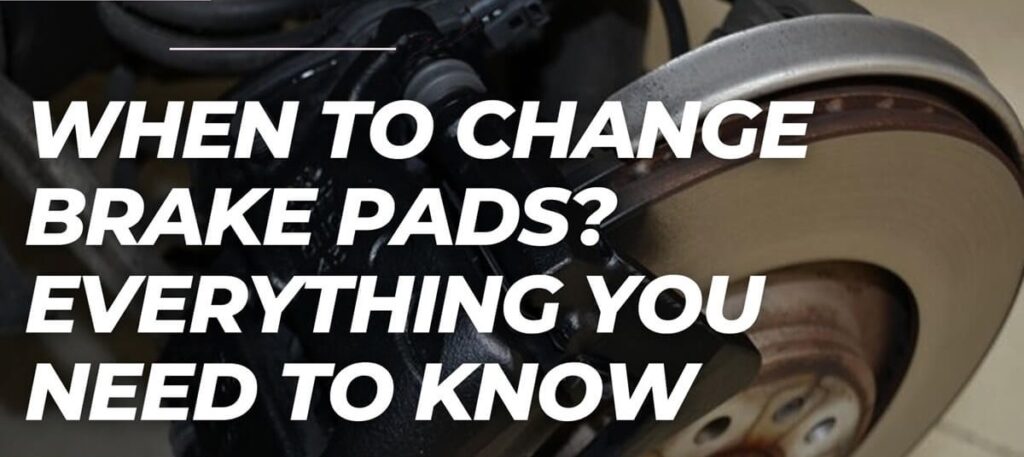New cars have disc brakes, which require someone to press on them to make the car slow down. Brake pads do this job. They are a critical component of your brake system, which is an essential component of your car. They are made up of a friction material that rubs against the rotor and a backing plate. In this article, we will tell you when should you change the brake pads.
Here are some of the symptoms that you need to keep in mind to know when should brake pads be changed:
1. Noises During Braking
Noises while braking are one of the most obvious signals that you require new brake pads. These often manifest as screaming and/or squeaking noises. The total amount of these noises is usually determined by the amount of pressure you put on the brakes. The greater the pressure you exert, the more powerful and more unpleasant the sound will become.
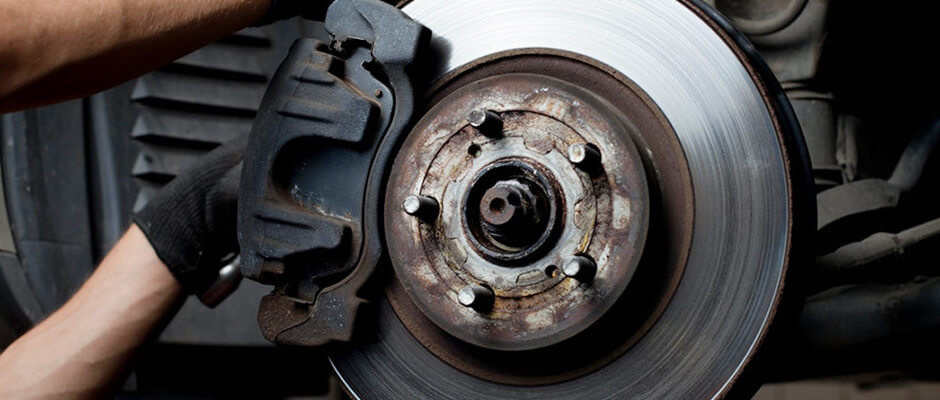
2. Veering to One Side When Braking
Sometimes, the brake pads wear unevenly. In simple terms, the left-hand front brake pad will wear more quickly than the other. When this happens, the car may veer to the other direction when you apply the brakes. This is because the brakes activate at different pressures, resulting in irregularities in wheel speed. When one wheel moves quicker than the other one, the car will veer towards the faster wheel.
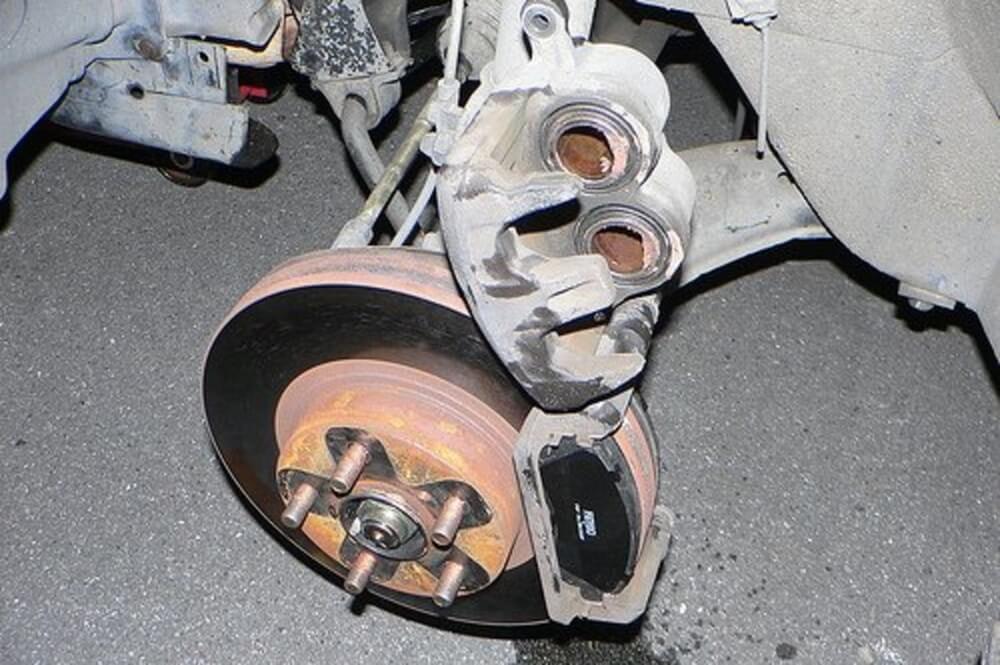
3. Longer Braking Times
When your brake pads are nearly worn out and only the metal detection strips are left, they can’t stop your car’s brake rotors as well as before. This is what makes the braking periods longer.
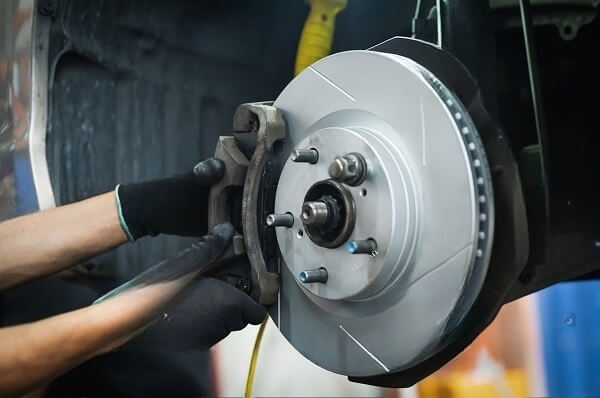
4. Excessive Force Required to Brake
Applying the brakes on the car should be easy to understand. You usually just apply a little pressure to stop your vehicle. If you find yourself having to apply a lot of pressure to your brakes to bring your vehicle to a stop, you should change your brake pads. You’re most likely past the stage when a replacement is required.
5. Visual Thinning
Finally, you can visually inspect the brake pads to see whether they need to be replaced. Get down on the ground and peek via the holes in your hubcaps to see if you can find your brake pads. They should be located immediately outside the front of every wheel. Brake pads should be 4 mm thick or more. If yours are thinner than this, they must be replaced.
6. Indicator Lights
Some cars have a light on the dashboard that tells you when it’s time to change the brake pads. Check your owner’s manual to see if your car comes with the low-pad alert system. Remember that if the indicator light comes on, your mechanic will need to replace both the warning sensors and the brake pads.
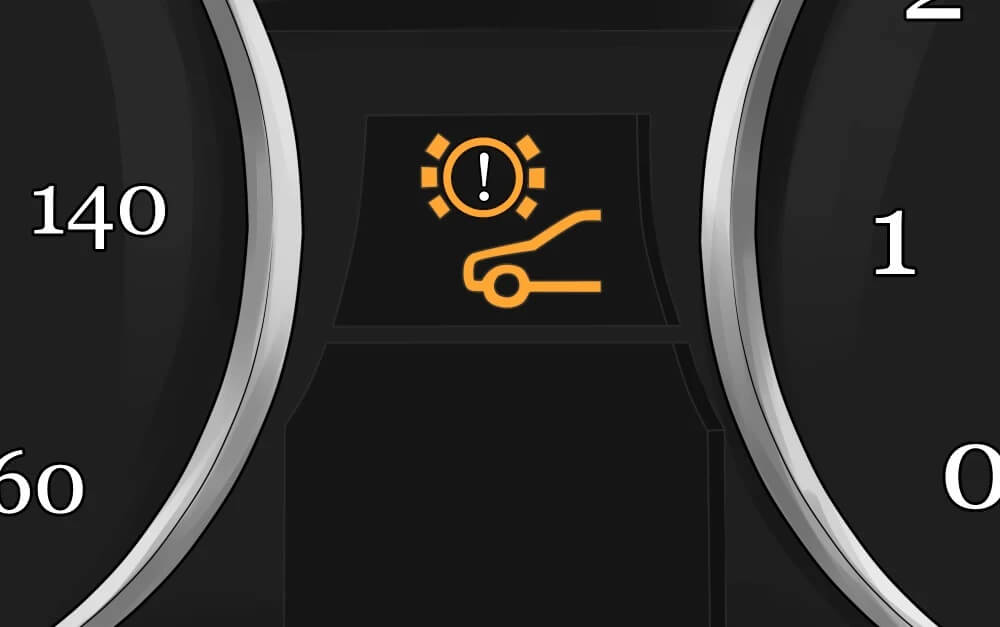
7. Squealing Or Screaming Noises
If a car’s brake pads have wear signs, the driver may hear a screaming, screeching, or whining sound when you use the brakes. This sound is created by a small metallic part on the brake pad backing plate designed specifically for this purpose. When you hear it repeatedly while braking, it’s time to take your car to a brake professional for an inspection. Note that not all brake pads make this noise, so don’t rely solely on sound to determine the state of your brakes.
How Long Do Brake Pads Last?
The average life of a brake pad is between 40,000 and 105,000 kilometers. However, you might require another before the 40,000-kilometer milestone, and they could last even longer than 105,000 kilometers. The variation in longevity is dependent on different factors.
What Is A Good Brake Pad Thickness?
Brake pads must be wider than 6.4 mm (¼ inch) to perform properly. If it’s narrower than this, you should get a replacement soon. Most car mechanics agree that the minimal brake pad width is 3.2 mm (⅛ inch).
Similar Posts:
- Grooves in Brake Rotors
- What Happens If You Don’t Grease Brake Pads
- Why Do My Brakes Squeak After New Pads And Rotors?
- How Much Does Brake Pad and Rotor Replacement Cost?
Do I need to change rotors when changing brake pads?
It is not usually necessary to change rotors while replacing brake pads. The regularity of rotor replacement is determined by factors such as rotor condition and driving conditions.
However, if your mechanic finds warped or worn rotors that go beyond the recommended thickness, they suggest changing them along with the brake pads. Another option is to smooth out the rotors, but this may reduce their longevity and cause the brake pads to wear out faster.
Conclusion
Keeping your brakes in good condition and replacing old parts such as pads and shoes as needed will also save you money in the long term. It may also save your vehicle or even save your life in case of an accident.


